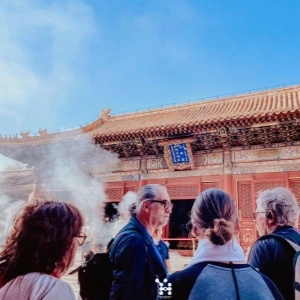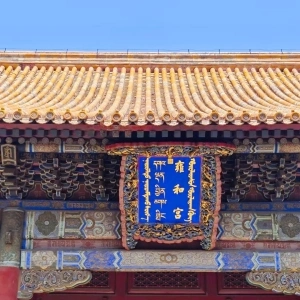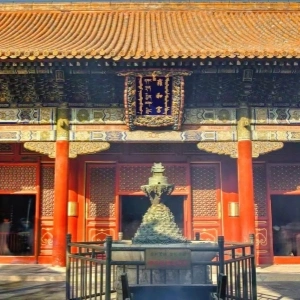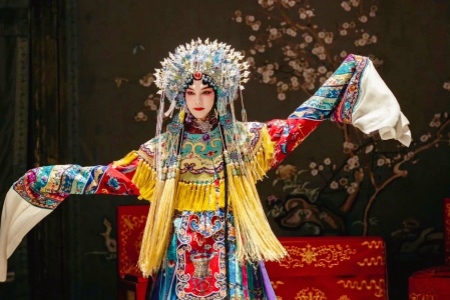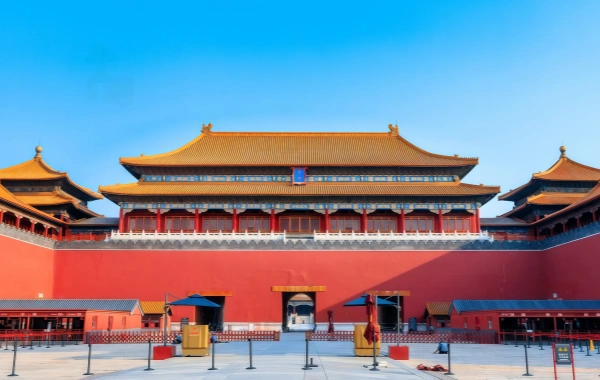The 56 Ethnic Groups of China: A Tapestry of Diversity and Unity
China, a vast country with a rich history and profound cultural heritage, is home to an extraordinary tapestry of 56 ethnic groups. Each of these groups contributes uniquely to the vibrant mosaic of Chinese society, enriching it with their diverse customs, languages, and lifestyles. In this article, we will delve into the intricacies of these ethnic groups, highlighting their distinct characteristics and contributions to the cultural landscape of China.
Han Ethnic Group
The Han ethnic group, constituting over 90% of China's total population, is the largest and most populous ethnic group in the country. With a history spanning thousands of years, the Han people have significantly influenced Chinese culture, language, and traditions. Their rich cultural heritage includes the eight major cuisines of China (Sichuan, Shandong, Cantonese, Jiangsu, Zhejiang, Fujian, Hunan, and Anhui), as well as traditional festivals like the Spring Festival and Mid-Autumn Festival. The Han people's clothing styles, from the ancient robes to modern fusion designs, reflect their blend of tradition and modernity.
Zhuang Ethnic Group
The Zhuang people, the largest ethnic minority in China, primarily inhabit the Guangxi Zhuang Autonomous Region. Known for their vibrant cultural heritage, the Zhuang people celebrate traditional festivals with enthusiasm and grandeur. Their traditional attire is colorful and distinctive, and their language, Zhuang, is unique to their community. Zhuang music and the intricate Zhuang brocade are also highly regarded cultural expressions.
Hui Ethnic Group
The Hui people, predominantly Muslim, are scattered throughout China, with significant populations in Ningxia, Gansu, and Qinghai provinces. They have preserved their Islamic traditions while integrating aspects of Chinese culture, creating a unique blend of the two. The Hui people contribute to the country's diverse religious landscape and are known for their dedication to Islamic teachings and practices.
Uyghur Ethnic Group
The Uyghur people primarily inhabit the Xinjiang Uyghur Autonomous Region in northwest China. With a Turkic ethnic background and a rich cultural heritage, the Uyghurs practice Islam and are renowned for their music, dance, and cuisine. Their traditional festivals and customs reflect the blend of Central Asian and Chinese influences that have shaped their unique identity.
Miao Ethnic Group
The Miao ethnic group, also known as the Hmong, primarily reside in southwestern China, including Guizhou, Hunan, and Yunnan provinces. Known for their intricate embroidery, silver ornaments, and traditional festivals like the Lusheng Festival, the Miao people have preserved their rich cultural traditions for generations.
Yi Ethnic Group
The Yi people, one of the largest ethnic minorities in China, mainly live in the mountainous regions of Sichuan, Yunnan, and Guizhou provinces. They have their own language and are known for their colorful dress and vibrant festivals. The Yi people's traditions, including their intricate handicrafts and unique customs, contribute significantly to the cultural diversity of China.
Tibetan Ethnic Group
The Tibetan people inhabit the Tibetan Plateau, including the Tibet Autonomous Region and surrounding areas. They practice Tibetan Buddhism and have a unique culture characterized by prayer flags, monasteries, and traditional Tibetan opera. The Tibetan people's spiritual beliefs and cultural practices are deeply rooted in their history and traditions.
Mongolian Ethnic Group
The Mongolian ethnic group primarily resides in the Inner Mongolia Autonomous Region, with smaller populations in other regions of China. Known for their nomadic heritage, horsemanship, and throat singing, the Mongolians have a rich cultural heritage that reflects their close connection to the natural world.
If you want to know more about The 56 Ethnic Groups of China and itineraries, please contact us. Popular Tour Packages:
Other Ethnic Groups
China's remaining 50 ethnic groups each contribute uniquely to the country's cultural mosaic. From the Buyei people, known for their traditional crafts, to the Korean ethnic group, which has preserved its Korean language and customs, each group has its own distinct customs, languages, and ways of life.
The Bai people, inhabiting Yunnan's Dali Bai Autonomous Prefecture, celebrate festivals like the March Street Fair and Torch Festival. The Dong people, residing in Guizhou, Hunan, and Guangxi, are renowned for their traditional architecture and multi-part harmony singing. The Miao, Yi, and other ethnic groups are also known for their intricate handicrafts, including silver jewelry and embroidered clothing.
Unity in Diversity
Despite their diverse backgrounds and traditions, the 56 ethnic groups of China coexist in harmony, united by a shared sense of belonging to the broader Chinese nation. This unity in diversity is a testament to the country's rich cultural heritage and its commitment to preserving and promoting the unique identities of its various ethnic groups.
In conclusion, the 56 ethnic groups of China represent a vibrant and diverse tapestry of cultures, traditions, and lifestyles. Each group contributes to the country's rich cultural heritage, enriching it with their unique customs, languages, and beliefs. Through their shared experiences and interactions, these ethnic groups have forged a strong bond of unity, creating a harmonious and vibrant society that embodies the spirit of China.
Related Posts
Create Your Customized Trip
Take about 2 minutes to fill the form to tell us how you like to travel, and get a reply within 1 working day.




